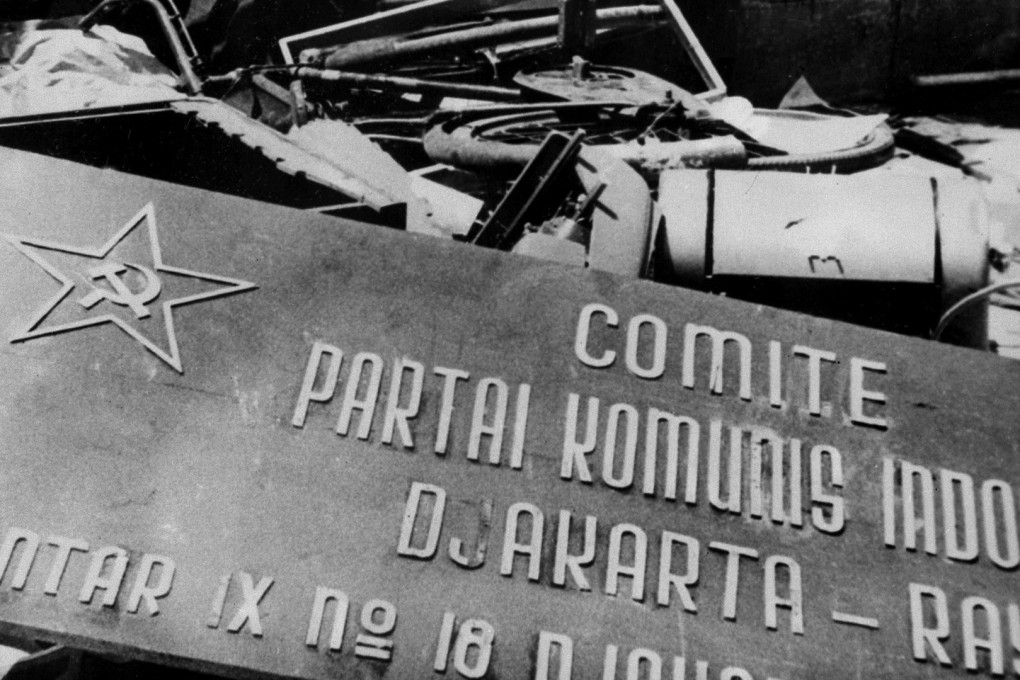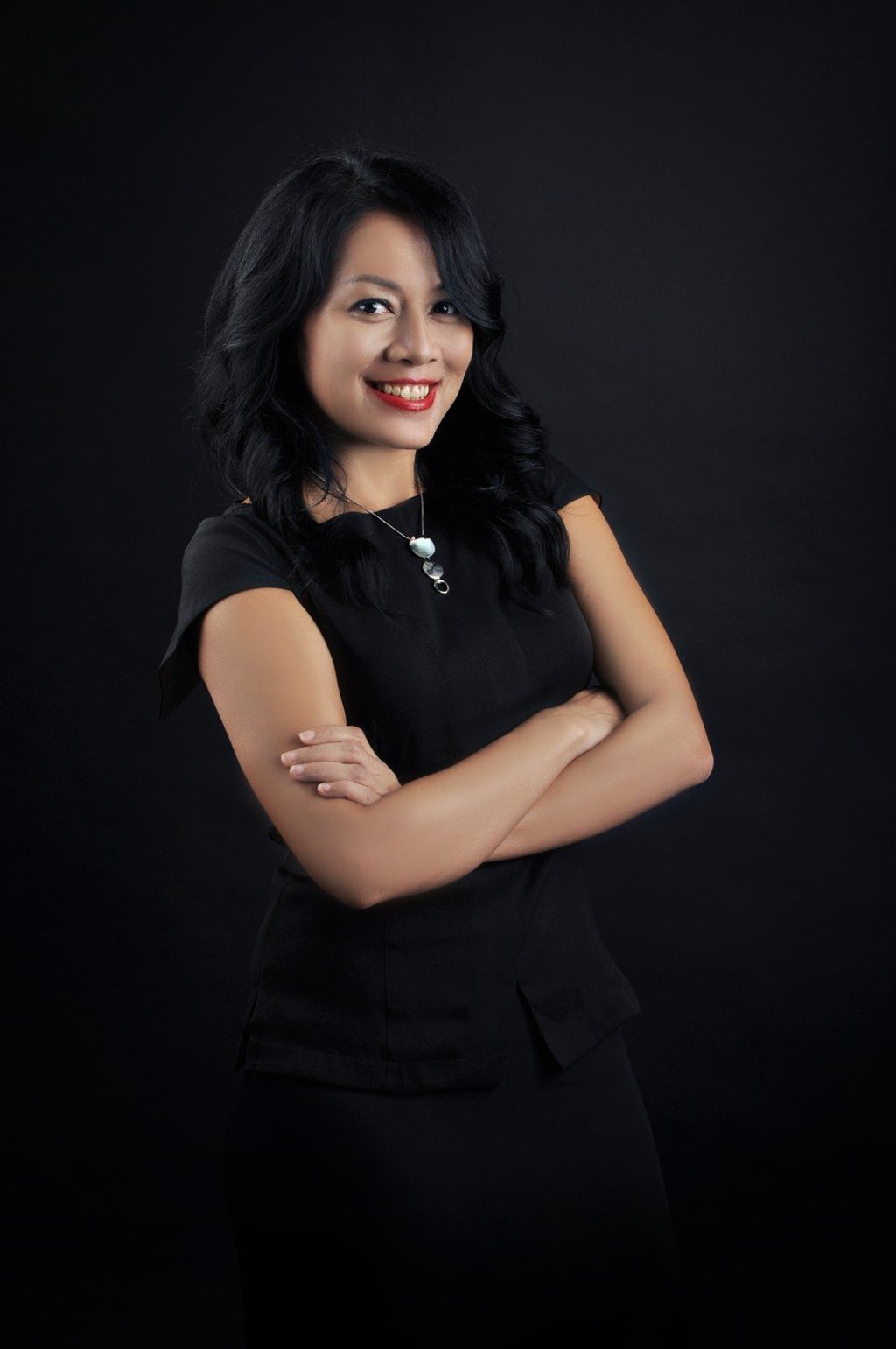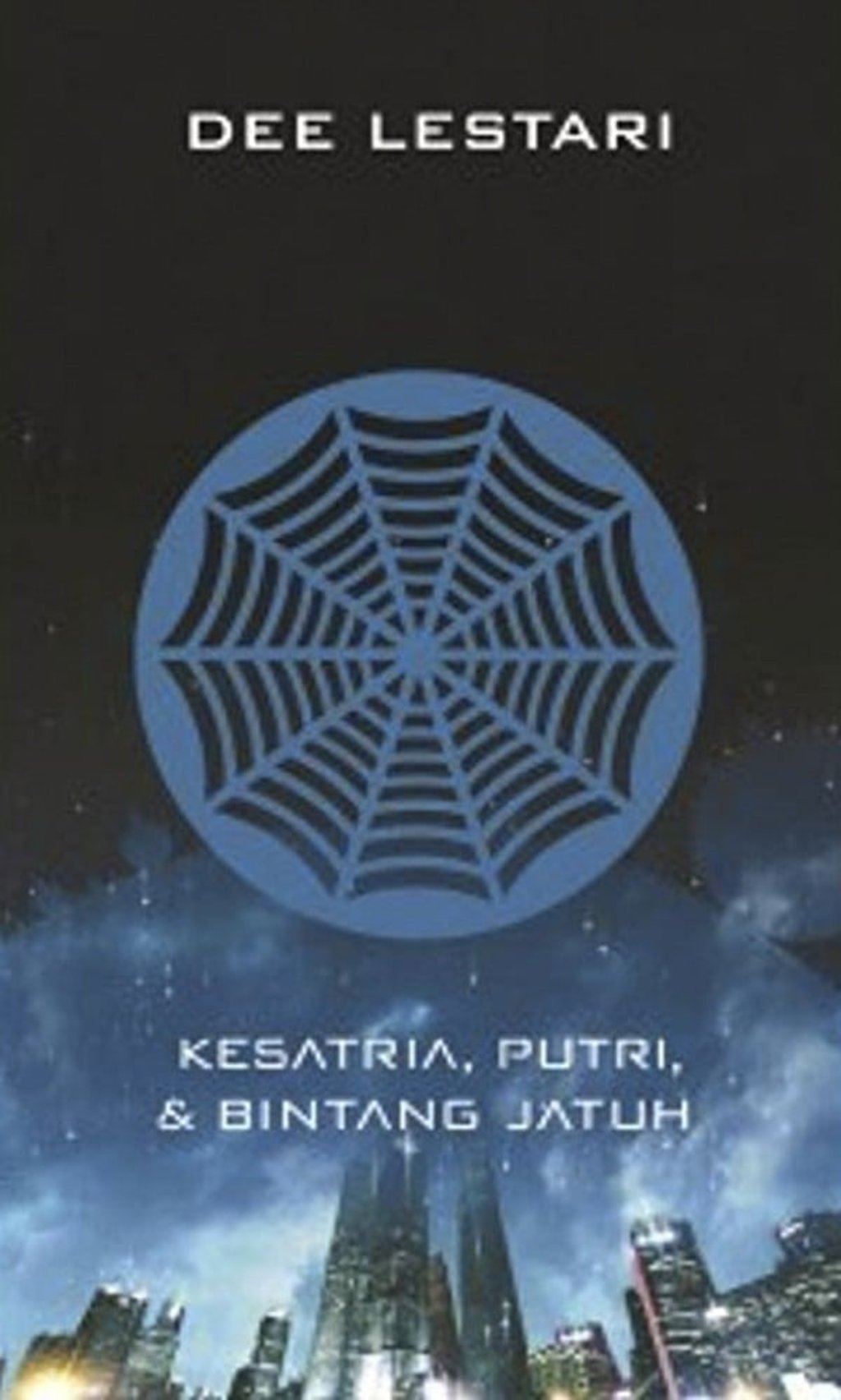Four Indonesian women writers talk about finding their voice and pushing boundaries
- Dewi Lestari, Leila S. Chudori, Laksmi Pamuntjak and Intan Paramaditha have all benefited from a recent growth in interest in women writers
- They tell us about their inspirations – ghost stories, spirituality, a dark era in recent Indonesian history

As the world’s fourth most populous country and one with a unique history, Indonesia possesses a rich literary heritage. In a nod to its rapidly growing publishing industry, the country was selected as this year’s “Market Focus” at the London Book Fair, giving Indonesian literature an international boost.
“We had the opportunity to not just showcase our books and creative content, but also our culture through all the events that were held over the course of the fair and beyond,” says Laura Prinsloo, a member of the initiative’s organising committee. “Indonesia consists of 17,500 islands with different cultures, and each island has its own story to tell.”
Among the events at this year’s fair, which took place in mid-March, were discussions and readings with bestselling Indonesian women authors, including Laksmi Pamuntjak, Dewi “Dee” Lestari, Leila S. Chudori and Intan Paramaditha. While they work in different genres and cover a wide variety of topics, they have one thing in common: all are giving strength to Indonesian literature’s newly empowered female voice.
Dewi was a successful singer-songwriter before her first novel, Kesatria, Putri, dan Bintang Jatuh (The Knight, The Princess, and the Falling Star) with its unconventional love stories, was published in 2001, after which she became a full-time writer. Her love for writing and crafting stories began much earlier: she had tried to write her first novel when she was just nine years old.


“I had just visited a bookshop and thought to myself, ‘One day I will see my own book in a shop like this’,” Dewi, 43, recalls. “I bought an empty notebook and started writing.”